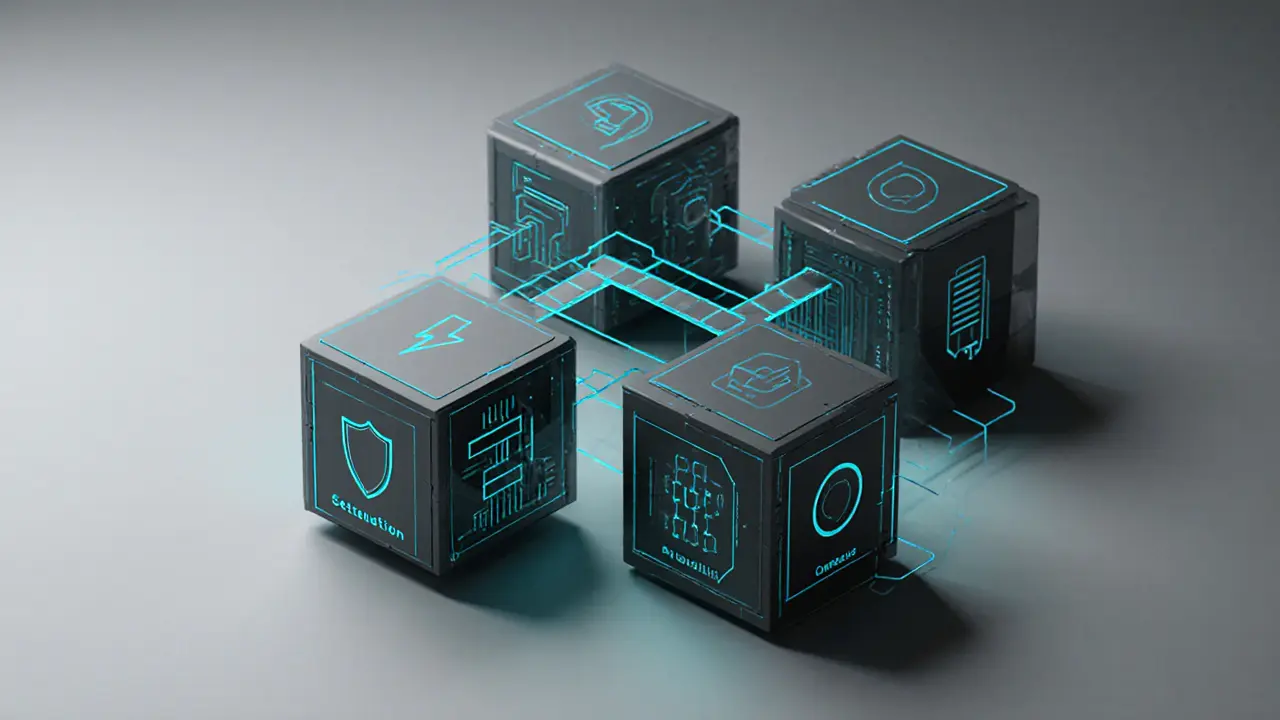Execution Layer – The Engine Behind Blockchain Transactions
When working with execution layer, the part of a blockchain that actually runs code, validates transactions and updates the state. Also known as the transaction processing layer, it sits right below the consensus mechanism and directly interacts with user‑issued operations.
Key Concepts Linked to the Execution Layer
A sidechain, a separate blockchain that connects to a main chain via a bridge, often offloads work from the main execution layer relies on the execution layer to finalize wrapped assets. gas fees, the cost users pay to have their transactions processed are calculated by the execution layer based on computational complexity. When you write smart contracts, self‑executing code that lives on the blockchain, the execution layer compiles and runs that code, ensuring state changes happen securely. Finally, the consensus layer, the protocol that orders blocks and validates them across validators feeds block proposals to the execution layer, which then applies all transactions inside each block.
In practice, the execution layer enables everyday actions like sending crypto, swapping tokens, or minting NFTs. It must balance speed, security, and cost—hence why gas fees fluctuate with network load, and why sidechains are built to relieve pressure. Understanding how these pieces fit together helps you gauge a platform’s performance, anticipate fee changes, or evaluate a new roll‑up’s claims. Below you’ll find a collection of articles that break down everything from sidechain bridges and gas‑fee economics to the nuances of smart‑contract execution and the interplay with consensus mechanisms.
Understanding Modular Blockchains: Architecture, Types, and Impact
Learn what modular blockchains are, how they split execution, settlement, data availability, and consensus, and why this architecture improves scalability and security.
VIEW MORE
